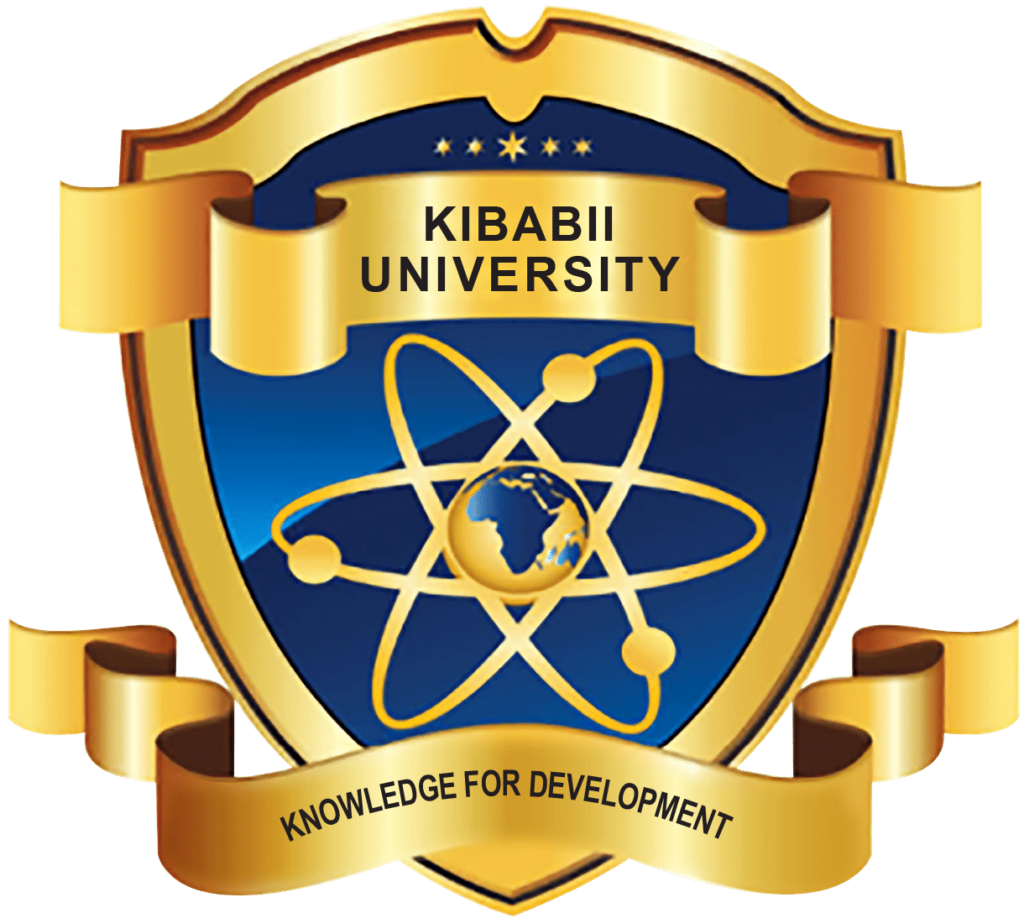Kibabii University 1st International Conference; June 22-24,2016
Titus Sifuna Munene, Stanley N.Mutsotso, Edwin N.Masibo & Robert N. Nyukuri
Abstract
Instructional resources are meant to build the learning capacity by creating the conditions necessary for teaching and learning. Kinesthetic instructional resources are those that allow students to get physically involved in whatever is being learned, these resources make learning easier and invoke curiosity which is a trigger for learners to carry out different tasks to solve diverse problems and progress in various domains. The purpose of this paper was to investigate the efficacy of Kinesthetic Instructional Resources Utilization on Students’ Learning of Biology in Secondary Schools in Bungoma County in Kenya. The objective of this paper was to assess the availability of the varied range of learning materials used in biology in the secondary schools. Research was conducted in Bungoma Central Sub-county, Bungoma County. Descriptive survey design was utilized in this study. Target population was Teachers of Biology, Laboratory Technicians and Form three Students in the secondary schools in Bungoma Central Sub-county. Purposive sampling was used to pick biology teachers and laboratory technicians, while stratified random sampling was used to select schools from which the respondents were picked, students were selected using simple random sampling technique. Data collection was done using questionnaires and document analysis in the schools selected for this paper and analyzed using descriptive statistics. The research found that the teachers of biology have very little influence on the choice of biology at Form two level, the students themselves make a choice to study biology based on the fact that biology is precursor to entry into good careers, the most common available photographs used in the selected schools were black and white photographs which could only be sourced from biology course books and were frequently used by the teachers in the actual classroom instruction. The study also found out that utility of the coloured photographs simplified learning of biology when frequently used. Many teachers of biology, students and laboratory technicians hold the opinion that photographs provide a better alternative to the specimen and that they provide virtual reality of the real specimen. The study established that students learn better when they freely interact with the available photographs. The conclusion made from this paper is that students need constant interaction with the subject teacher of biology to develop the skills needed to answer the questions in biology practical examination, as well as positive attitude and knowledge about the photographs presented to them during practical examinations.

